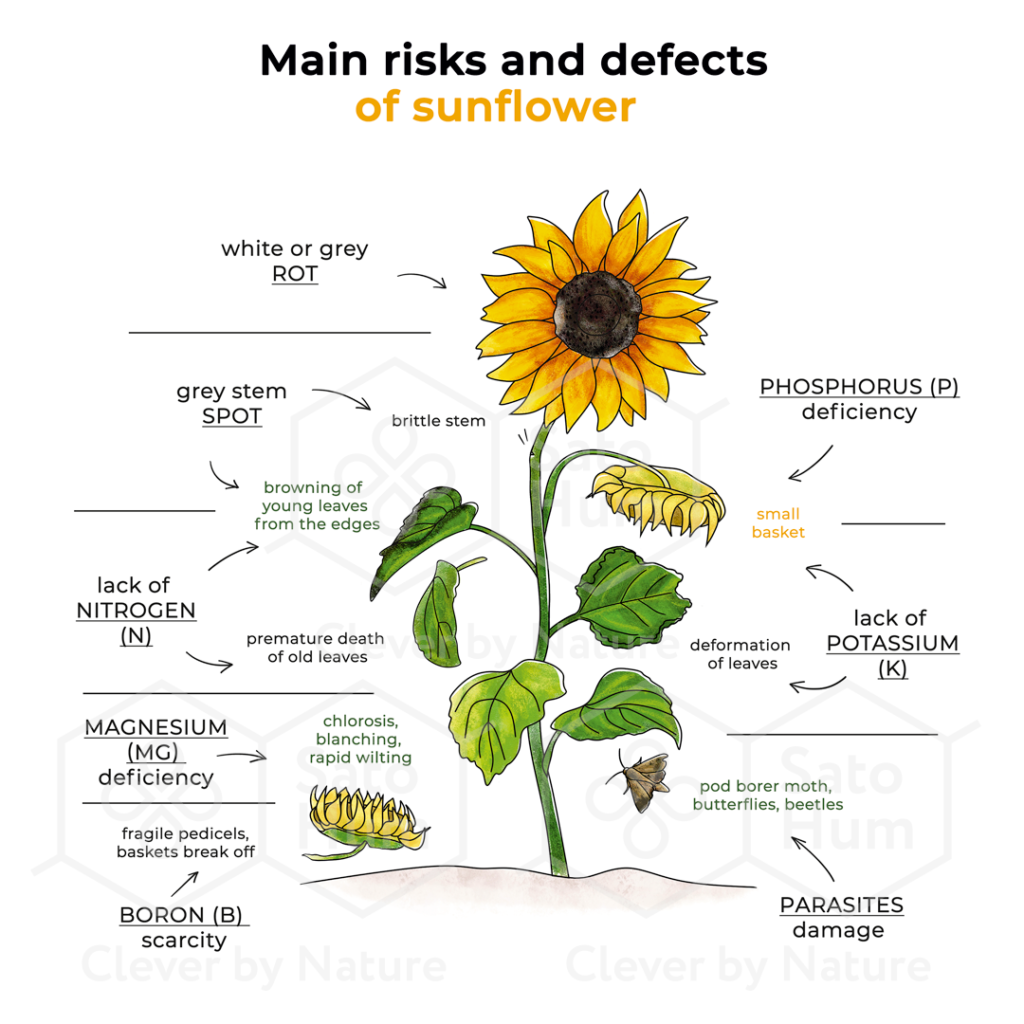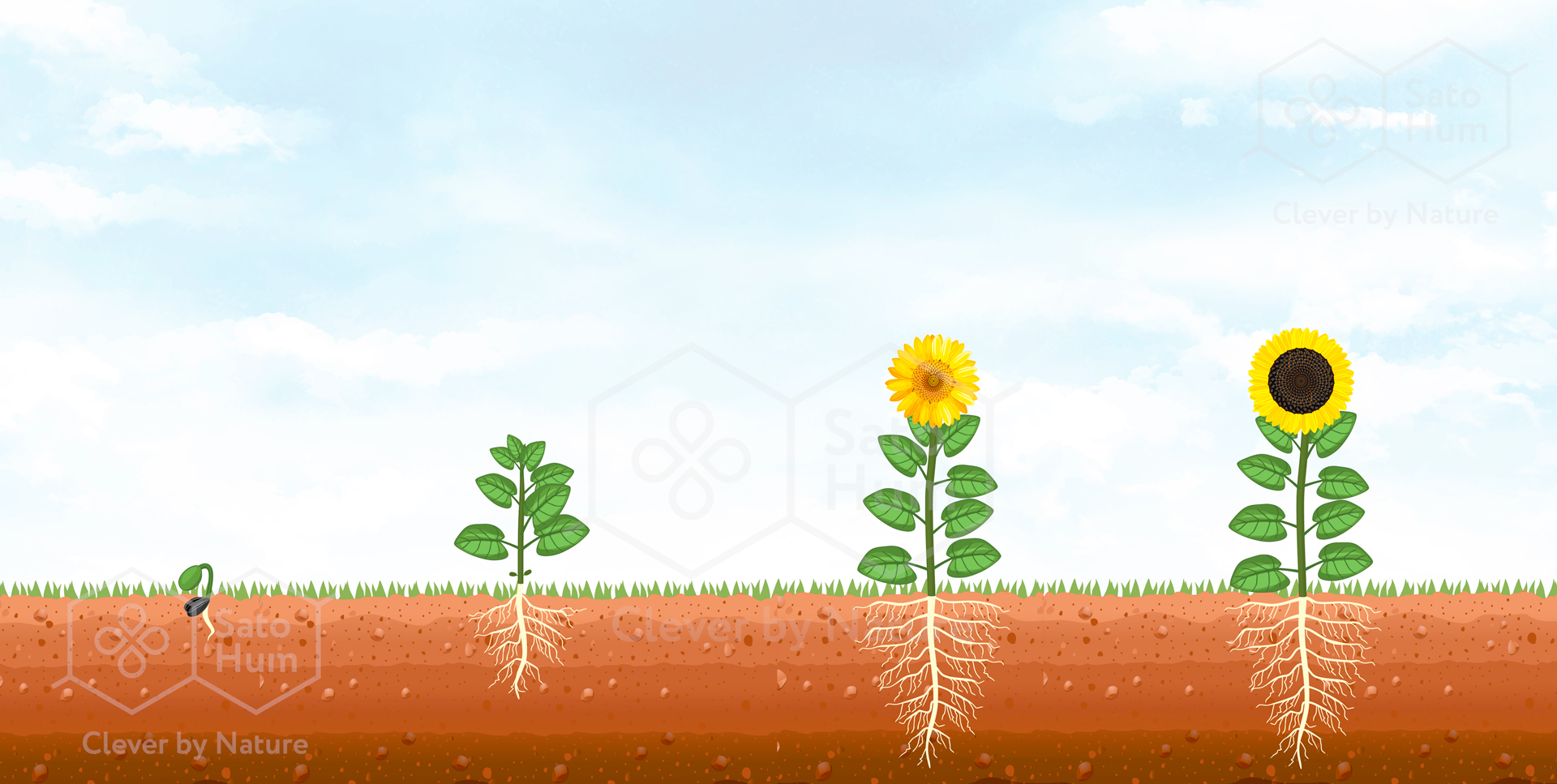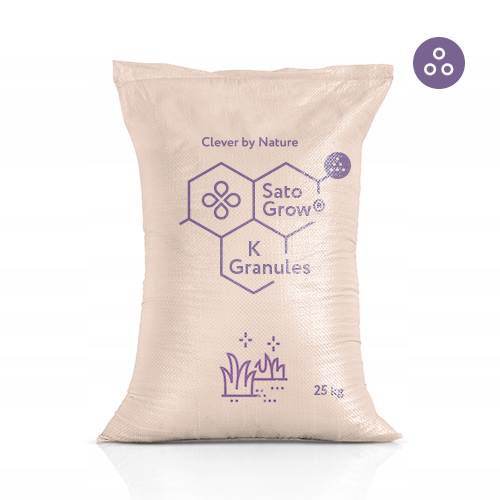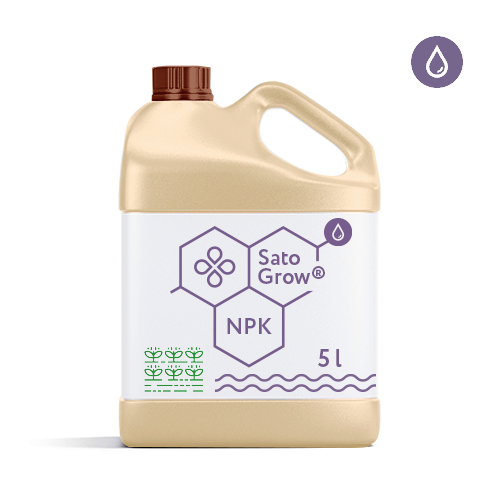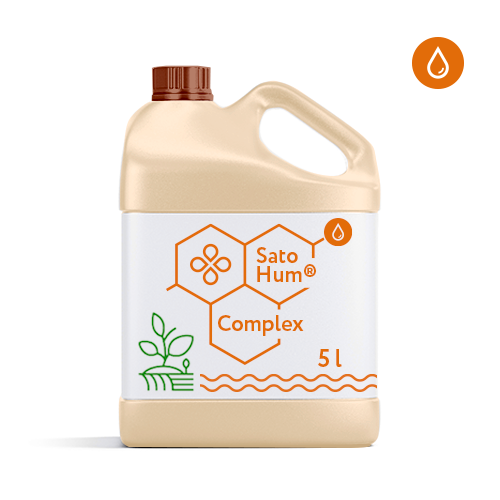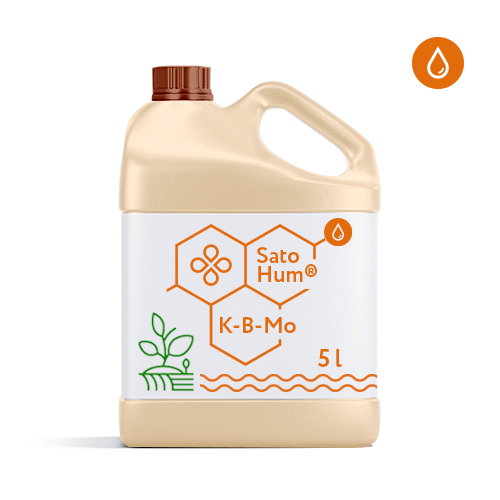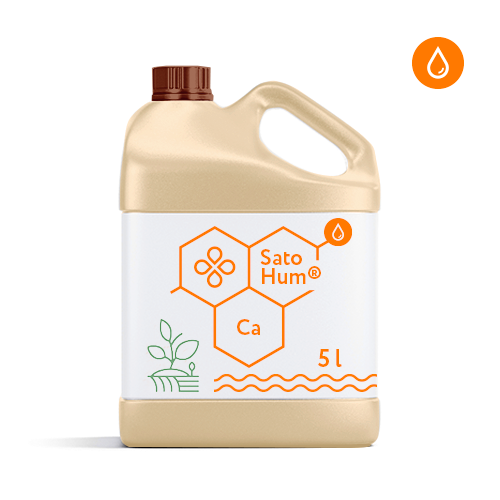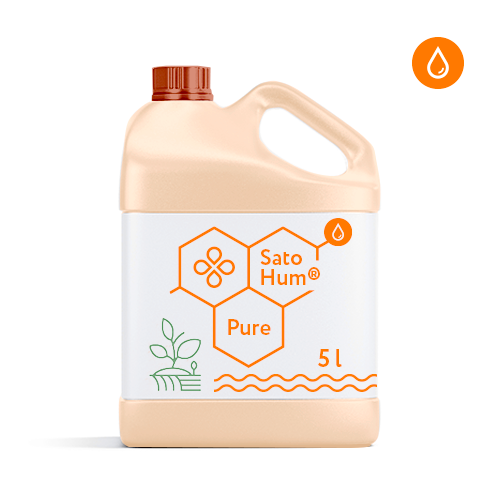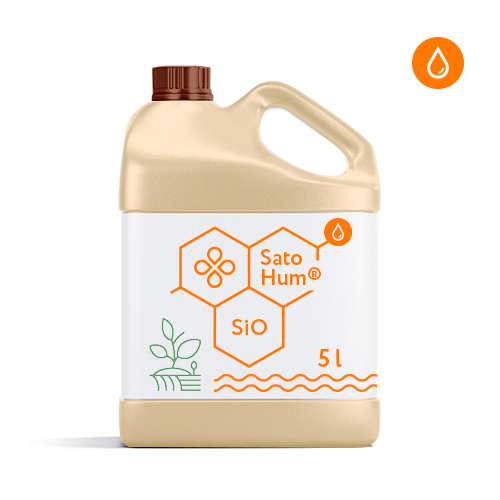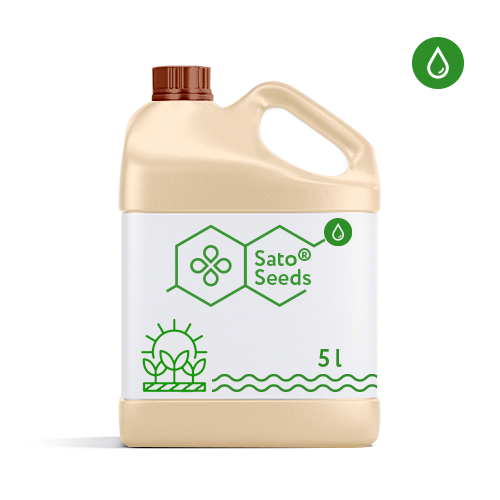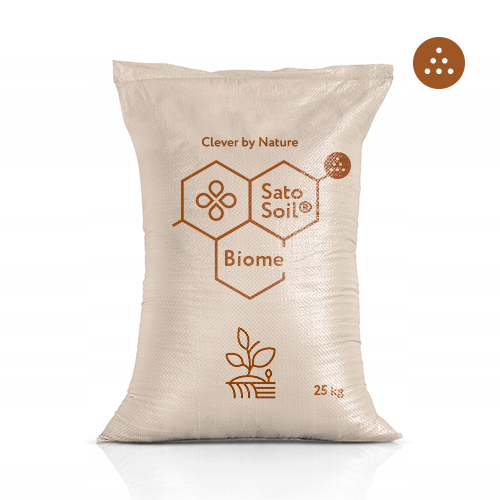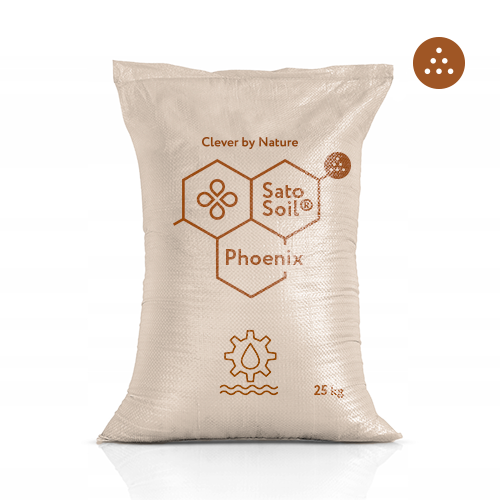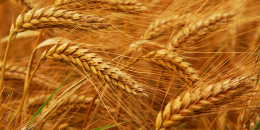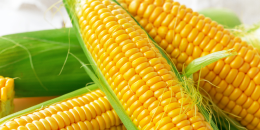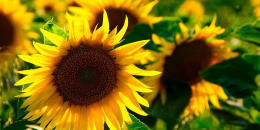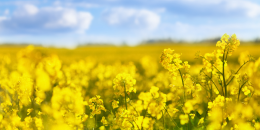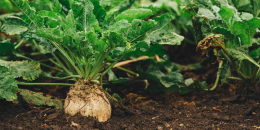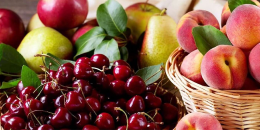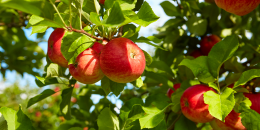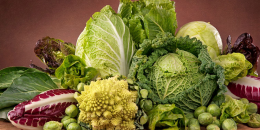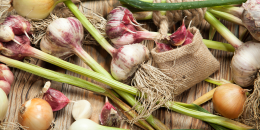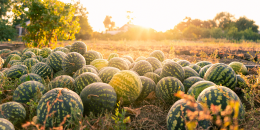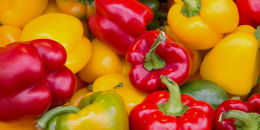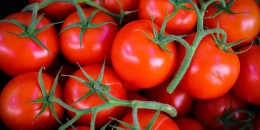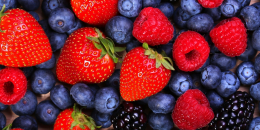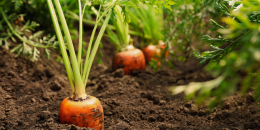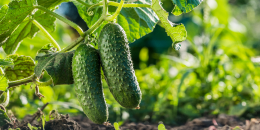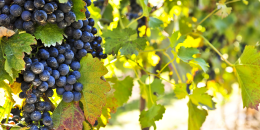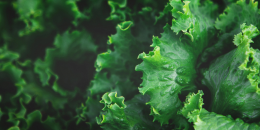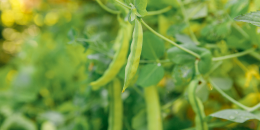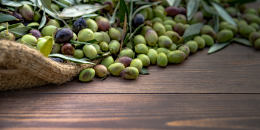Sunflower is the most popular oilseed in the world. Various systems are used for sunflower cultivation – both “No-Till”, and intensive and extensive crop production.
Sunflower
Winter cereals and corn are considered optimal sunflower precursors, while annual fodder, sugar beet and potato leave more depleted humus after harvest. For top dressing and restoration of fields after unfavorable predecessors, before sowing sunflower, it’s recommended to apply SatoSoil® soil improvers based on a peat-sapropel mixture.
Among the specific risks of sunflower, there are fungal diseases (various types of rot, spotting and rust – phomopsis, septoria, fusarium, downy mildew, etc.) caused by high weediness of fields. The balance “field purity – level of yields” is achieved on lands of different intensity with the help of biological or chemical protection. We have developed special composition Sato® Seeds for seed dressing before sowing. The high content of humic and fulvic acids in the preparation provides effective protection against pathogenic microorganisms.
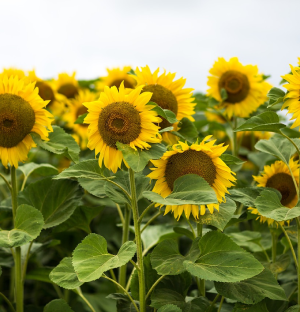

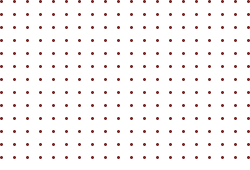
Sunflower has a developed root system, so there’s no need to overfeed the soil with nitrogen. A surplus of nitrogen leads to an excessive gain of green vegetative mass, but will slow down the development of generative organs. A distinctive feature of sunflower is its need for potassium, on which the oil content and filling of grains in the basket directly depend, although then it’s potassium after the growing season that is taken out to the crop residues. Of the microelements, sunflower especially needs boron, which contributes to a unanimous and abundant flowering and gains the fullness of the baskets.
Sunflower is the most popular oilseed in the world. Various systems are used for sunflower cultivation – both “No-Till”, and intensive and extensive crop production.
Winter cereals and corn are considered optimal sunflower precursors, while annual fodder, sugar beet and potato leave more depleted humus after harvest. For top dressing and restoration of fields after unfavorable predecessors, before sowing sunflower, it’s recommended to apply SatoSoil® soil improvers based on a peat-sapropel mixture.
Among the specific risks of sunflower, there are fungal diseases (various types of rot, spotting and rust – phomopsis, septoria, fusarium, downy mildew, etc.) caused by high weediness of fields. The balance “field purity – level of yields” is achieved on lands of different intensity with the help of biological or chemical protection. We have developed special composition Sato® Seeds for seed dressing before sowing. The high content of humic and fulvic acids in the preparation provides effective protection against pathogenic microorganisms.



Sunflower has a developed root system, so there’s no need to overfeed the soil with nitrogen. A surplus of nitrogen leads to an excessive gain of green vegetative mass, but will slow down the development of generative organs. A distinctive feature of sunflower is its need for potassium, on which the oil content and filling of grains in the basket directly depend, although then it’s potassium after the growing season that is taken out to the crop residues. Of the microelements, sunflower especially needs boron, which contributes to a unanimous and abundant flowering and gains the fullness of the baskets.
| SOILS | SEEDS | GROWTH | HARVEST | ||
| SatoSoil® Biome
Preparation of crop rotation after cereals Incorporation to a depth of 15 cm 5 – 10 t/ha Autumn or pre-sowing application 2 – 5 t/ha SatoSoil® pHoenix Humus increasing Correction of acidic soils Deep plowing up to 18 cm 4 – 8 t/ha SatoHum® K or SatoGrow® NPK/ SatoGrow® N Watering the soil improver 2 – 6 l/ha |
Sato® Seeds
Pre-sowing phytosanitary seed treatment 1 l/t SatoGrow® K Granules or SatoGrow® NPK Granules Protection against mineral burns Prolonged effect 100 – 300 kg/ha/season SatoHum® K or SatoGrow® NPK/ SatoGrow® N Granulate activation 2 – 6 l/ha |
SatoHum® Complex
Simultaneous and abundant pollination and flowering Increasing resistance to external adverse conditions 1,5 – 2 l/ha SatoHum® SiO Resistance to drought 2 – 2,5 l/ha SatoGrow® NPK/ SatoGrow® N Growth intensification 2 l/ha |
SatoHum® K-B-Mo
Sunflower micronutrition Synthesis of main proteins and phytohormones 1,5 – 2 l/ha SatoHum® Ca Small baskets and feeble seeds – fertilizing with humates with calcium 1 – 2 l/ha |
Sato® Seeds
Improving seed fund 1 l/t |
|
WARNING: 4 Sato® Steps is a comprehensive crop care system that provides the basic crop needs for the main 12 macro, meso and micronutrients for an optimal growing cycle and unlocking the potential of each crop.
SOILS: In pre-sowing application of SatoSoil® Soil improvers, the minimum rate is introduced, when autumn applying, the maximum rate is recommended. When applying SatoGrow® Biostimulants after SatoSoil® Soil improvers, the minimum rate is applied; if the soil hasn’t been treated, the maximum rate is applied. For irrigation, it’s recommended to activate granulates (soil improvers or biostimulants) with SatoHum® liquid formulations and SatoGrow® liquid organo-mineral biostimulants.
SEEDS/SEEDLINGS/VEGETATION BEGINNING: Treatment of seeds and seedlings with Sato® Seeds formulation is compatible with treatment by classical protectants without reducing the rates of their application, and helps to increase the viability of seedlings, the development of the plant and its fruitfulness.
GROWTH: Our SatoHum® solutions have a guaranteed composition with high content of humic and fulvic acids with amino acids of plant origin. It is not recommended to exceed the total applying dose of SatoHum® liquid formulations over 6 l/ha/season, starting from the germination/seedlings phase.
HARVEST: Simultaneous fertilization with several SatoHum® products is not expected. It’s not recommended to exceed the specified application rates. For single, not systemic application of SatoHum® products, the maximum dosage of the product is recommended.
